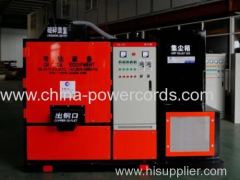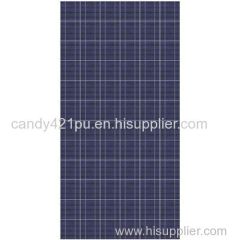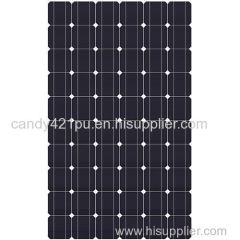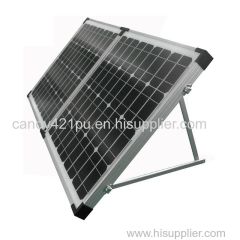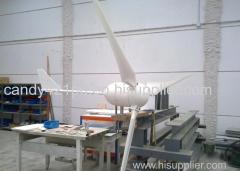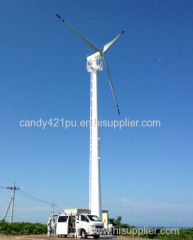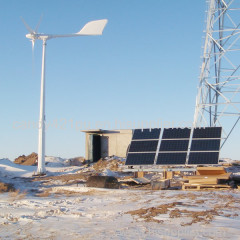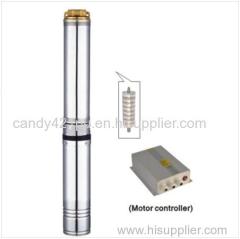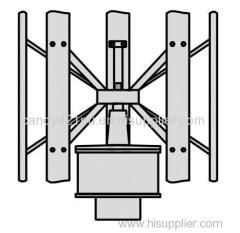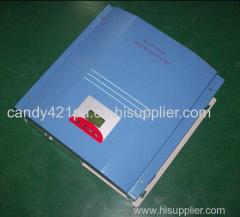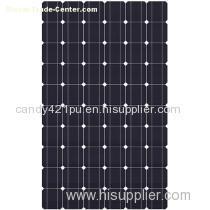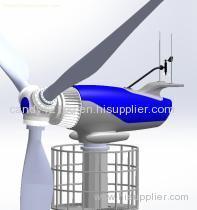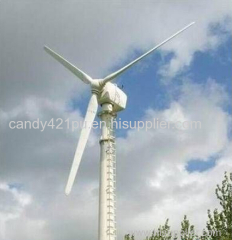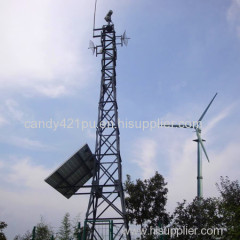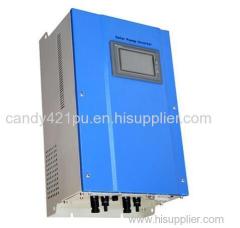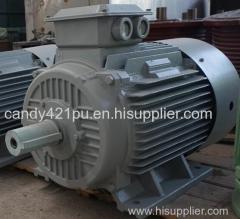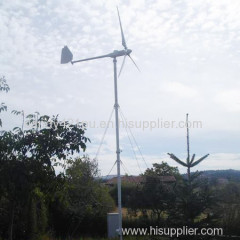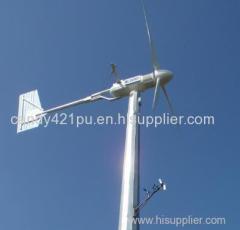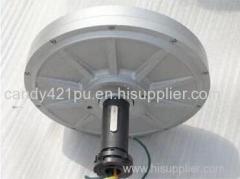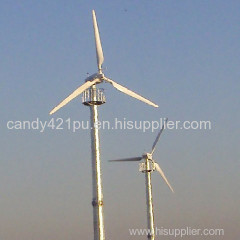|
SENWEI NEW ENERGY TECHNOLOGY INC.
|
Wind-solar hybrid system china
| Payment Terms: | T/T |
| Place of Origin: | Zhejiang, China (Mainland) |
|
|
|
| Add to My Favorites | |
| HiSupplier Escrow |
Product Detail
mall wind turbine generators, China small wind turbines, wind power generators, Small wind turbines, Inverters wind mill, China windmill, Automatic
According to many renewable energy experts, a small "hybrid" electric system that combines wind and solar (photovoltaic) technologies offers several advantages over either single system.
In much of the places, wind speeds are low in the summer when the sun shines brightest and longest. The wind is strong in the winter when less sunlight is available. Because the peak operating times for wind and solar systems occur at different times of the day and year, hybrid systems are more likely to produce power when you need it.
System include:
1. PV Array: A number of PV panels connected in series and/or in parallel giving a DC output out of the incident irradiance. Orientation and tilt of these panels are important design parameters, as well as shading from surrounding obstructions.
2. Wind turbine: This is installed on top of a tall tower, collects kinetic energy from the wind and converts it to electricity that is compatible with a home's electrical system.
3. Hybrid controller: control battery bank charge and discharge reasonable and safety.
4. Battery bank: can be a single battery or multiple batteries connected together to create essentially one large battery of the required voltage and amp-hour capacity. In some ways the battery configuration and capacity are the most important electrical power decision to make, and a wise choice can help guarantee a steady supply of electrical power as well as a system that is simple to operate and maintain.
5. Inverter: A power converter that ¡°inverts¡± the DC power from the panels into AC power.
6. Loads: Stands for the network connected appliances in the building that are fed from the inverter (AC loads), or from the battery bank (DC loads).


